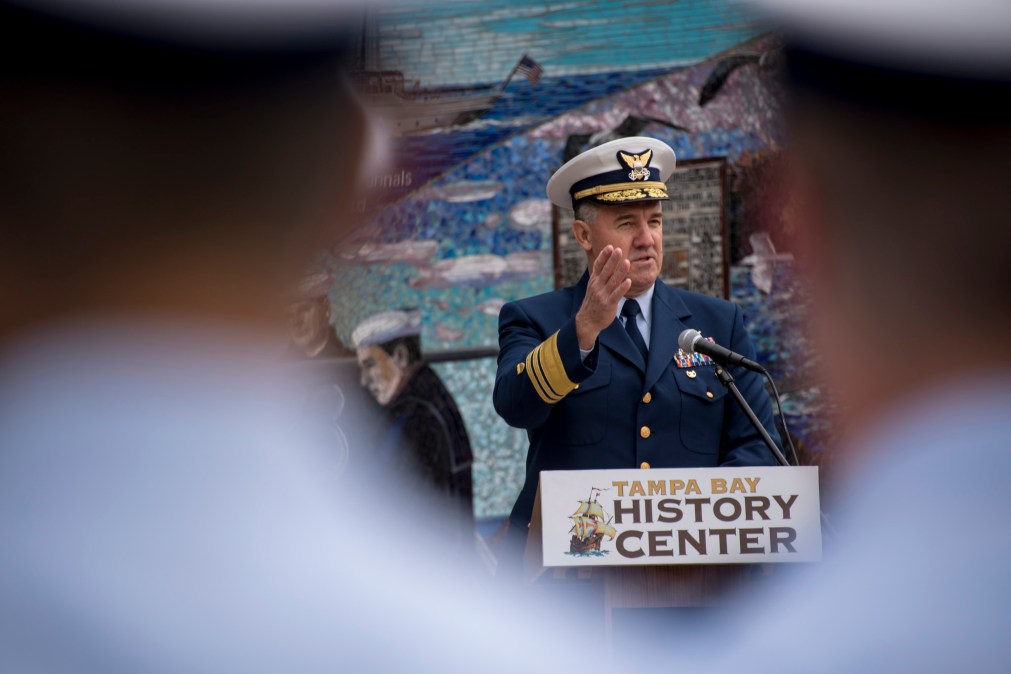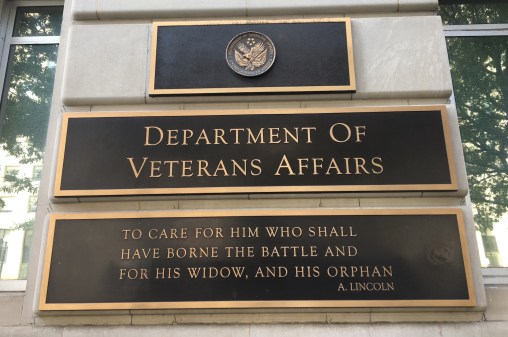U.S. Coast Guard has its eye on Pentagon’s JEDI cloud

The U.S. Coast Guard is “closely” watching the Defense Department’s move to adopt commercial cloud, the service’s commandant said Wednesday. But that doesn’t mean he’s ready to rush down the same path just yet.
“We’re watching closely JEDI and what the DOD is doing there,” Adm. Karl Schultz said Wednesday at an event at the Center for Strategic and International Studies.
The Defense Department, after months of delays and criticism from industry, recently issued the final request for proposals for its Joint Enterprise Defense Infrastructure contract — a single-award, indefinite delivery, indefinite quantity commercial cloud acquisition worth up to $10 billion for a possible 10 years.
Schultz called where DOD is in its journey toward cloud a “big movement.”
“You sort of say, ‘What is that next big technological advancement that really changes things, that allows you to find efficiencies?’” he said. Similarly, he’s issued a challenge to his senior leadership to come back with an answer to such a question.
And while he didn’t mention any immediate moves toward commercial cloud, he did say there is “absolutely” potential to have a conversation about cloud in the next four years of his tenure.
Right now the Coast Guard is taking a holistic look at its technology environment, and working to get the right staff and governance in place to make changes, Schultz explained.
He noted the Coast Guard’s recent transition to Microsoft Windows 10 was a “pretty stringent requirement.” The work to get there “pressurized the system,” he said, but when the Coast Guard looked at its systems during that transition, it realized it had a “patchwork of applications and things.”
“So we’ve got some opportunities,” Schultz concluded. “I’m challenging my team to say, ‘Hey, come back and tell us where you think that next big muscle movement, that big step is that could really make a difference?’”






